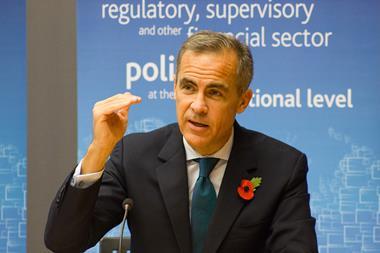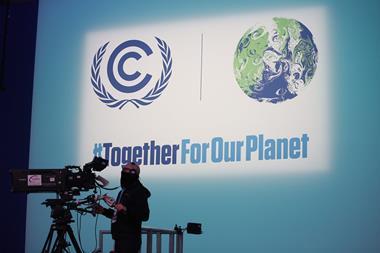Peter Kraneveld, international pensions adviser at PRIME bv., on finance issues and COP26
Expectations for COP26, the November UN talkfest on climate change, have been high. Depending on how you define a success, chances of effective failure are significant to large.
The political environment looks great. Voters are slowly coming into the convinced climate change camp, though still unprepared or unwilling to contemplate changes in consumption.
Sales of hybrid cars are taking off and electric vehicles are becoming an accepted mainstream alternative. Private solar panels are becoming normal. These are money savers, though. There is little or no change in the consumption of red meat and sales of oil are holding up well.
These trends pull politicians along. Mainstream parties must have a climate pillar in their platform. The EU and Japan seem reasonably aligned on climate change, all the more because Japan loathes its geopolitical dependence on oil producing countries.
The US is back in the Paris agreement, but the threat of a Trump-like presidency remains. US president Biden’s extended honeymoon in EU capitals is wearing thin or already gone.
An important potential bone of contention is trade regulation.
Biden is upholding the Trump-era tariffs and blocks on new appointments to the World Trade Organisation’s (WTO) appeals body. The EU may become assertive as trade questions will be discussed explicitly – the EU, US and China are preparing border taxes for imports from carbon emission laggard industries – as well as implicitly.
Normally, such discussions would be handled in the WTO and solved with a package deal. COP26 is ill-equipped to solve trade problems.
The central goal of COP26 is to set 2030 carbon emission reductions targets, consistent with efforts to reach net-zero emissions by 2050. That is an easy goal. Promises are cheap and enthusiasm is high. Those who are familiar with pledges in the area of development aid will know that there usually is a large gap between pledge and reality, especially when budget money is involved.
“Governments need to become aware that they are part of the problem of insufficient private funding and stop pretending that the financial sector can’t see or find good deals”
There are underlying goals for COP26. One is preparing for the known effects of climate change. Think of protecting and restoring ecosystems like oceans and forests, improving warning systems, in particular against freak weather events and building defenses against food disruption. This is relatively easy. Officials are champions when it comes to explaining whatever they want as whatever voters want. Unless hard targets are set, which is unlikely, this will remain an area of talk with real, but anecdotal results mixed in.
Another underlying goal would be to finalise the Paris rulebook, the implementation guidelines for executing the Paris agreement. This will be more difficult, because the low-hanging fruit was already picked in Katowice in 2018.
What still remains is agreed reporting standards, so that for example, a kilo tonne of carbon emission means the same thing for all countries.
Remember the enormous issues with COVID-19 statistics, especially from developing countries like India and dictatorships like Russia and China. An agreement with some wiggle room seems possible, but no agreement would mean that COP26 has failed, because we’ll be in the dark about the factual situation until it is too late to reverse climate change.
Another prominent issue is intermediate targets and reviews. They are important to judge how serious progress is. Laggard countries will hide behind the excuse of “don’t worry, we’ll be ready in 2050” if there is no way to see their progress in the run-up to 2050.
Finance, the big risk
The third underlying goal is financing the necessary changes. UN Climate Change says that developed countries are falling short on their key 2019 pledge of $100bn a year of climate finance for developing nations. Only around three-quarters has been pledged so far.
As this is a symbolic figure, unlikely to be anywhere near enough to finance the action needed to tackle climate change, the failure to hit it by 2020 as planned is a serious concern.
Governments cannot finance this alone. They need the help of institutional investors, which includes pension funds. Institutional investors have another primary task, but they are interested in supporting viable projects. They just need an adequate balance of risk and returns.
To get them to invest, governments need to share the risk. To prevent abuse, governments could guarantee particular risks, such as the technology risk or the bureaucratic risk. A hard agreement is not even necessary: a lax government will see its investors not participating in returns. However, governments need to become aware that they are part of the problem of insufficient private funding and stop pretending that the financial sector can’t see or find good deals.
A parallel problem of financing the struggle against climate change is that it offers enormous free rider opportunities: developing countries will be tempted to call for financing before they do anything. It seems possible to balance such an attitude partly with border taxes, but it is nevertheless obvious that developing countries will need financial help.
In the long run, the finance issues will determine whether COP26 was a success.
Peter Kraneveld is an international pensions adviser at PRIME bv.


















No comments yet